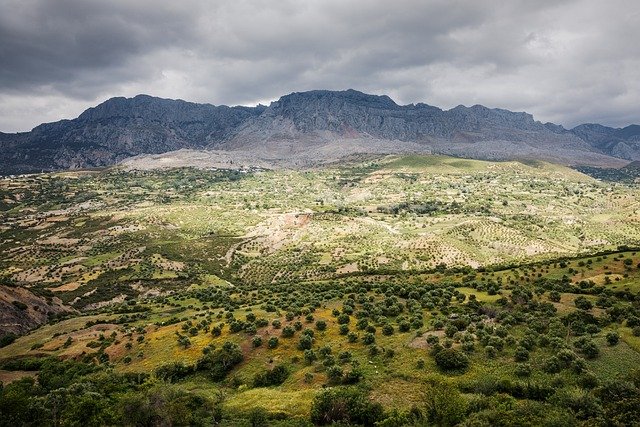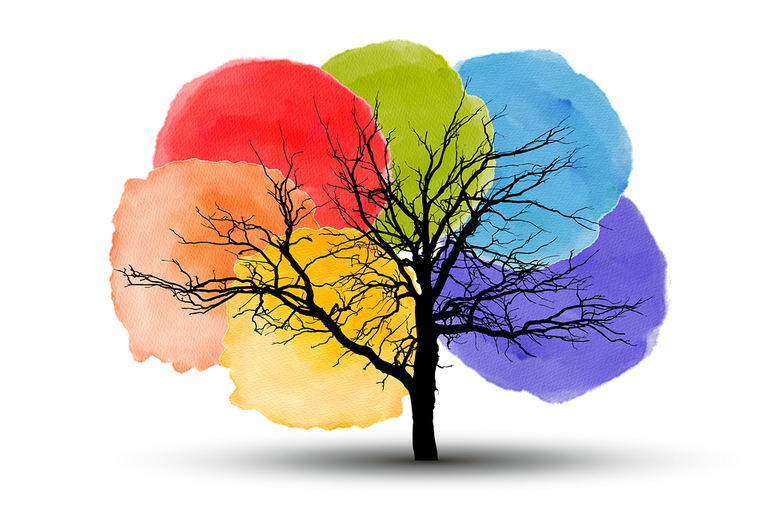**Title: "The Evolution of Narrative in Video Games:

The Secret Lives of Urban Wildlife
Urban environments are often seen as concrete jungles, bustling with human activity and technology. However, beneath the surface of our cities lies a vibrant ecosystem teeming with wildlife. From raccoons rummaging through trash bins to hawks soaring above skyscrapers, urban wildlife has adapted to thrive in these man-made landscapes. In this post, we’ll explore the fascinating lives of these creatures and how they navigate the challenges of urban living.
The Adaptability of Urban Wildlife
Urban wildlife has shown remarkable adaptability. Many species have developed unique behaviors that allow them to survive in cities. For instance:
- Raccoons: Known for their dexterous paws, raccoons have learned to open trash cans and containers, making them adept scavengers.
- Pigeons: Once wild birds, pigeons have become synonymous with urban life. They have adapted their diets to include discarded food and have found ample nesting sites on buildings.
- Coyotes: These cunning predators have moved into urban areas, often hunting small mammals like rabbits and rodents, which thrive in city parks.
The Importance of Green Spaces
Green spaces play a crucial role in supporting urban wildlife. Parks, gardens, and green roofs provide essential habitats and food sources. They serve as refuges for various species, allowing them to coexist with humans. Here are a few benefits of green spaces for urban wildlife:
- Habitat: Parks and gardens offer shelter and nesting sites for birds, insects, and small mammals.
- Food Sources: Native plants attract pollinators and provide food for various wildlife, contributing to biodiversity.
- Corridors: Green spaces can act as corridors, connecting different habitats and allowing wildlife to move safely through urban areas.
Challenges Faced by Urban Wildlife
Despite their adaptability, urban wildlife faces numerous challenges:
- Habitat Loss: Urban development often leads to the destruction of natural habitats, reducing the space available for wildlife.
- Pollution: Air and noise pollution can impact the health of wildlife and disrupt their natural behaviors.
- Human-Wildlife Conflict: Encounters between humans and wildlife can lead to conflicts, especially when animals are perceived as pests.
How We Can Help
As urban dwellers, we have the power to make our cities more wildlife-friendly. Here are some simple ways to support urban wildlife:
- Create Wildlife Habitats: Plant native flowers and shrubs in your garden to attract pollinators and provide food for birds.
- Reduce Pesticide Use: Limit the use of pesticides and herbicides to protect beneficial insects and other wildlife.
- Advocate for Green Spaces: Support local initiatives that promote the creation and maintenance of parks and green areas.
Conclusion
The secret lives of urban wildlife are a testament to nature’s resilience and adaptability. By understanding and appreciating these creatures, we can foster a harmonious coexistence that benefits both wildlife and urban communities. Next time you spot a raccoon or hear the call of a hawk, take a moment to appreciate the incredible lives that thrive alongside us in our cities.
Feel free to share your experiences with urban wildlife in the comments below! What animals have you spotted in your neighborhood? 🦉🌿

All images are taken from the Pixabay.com